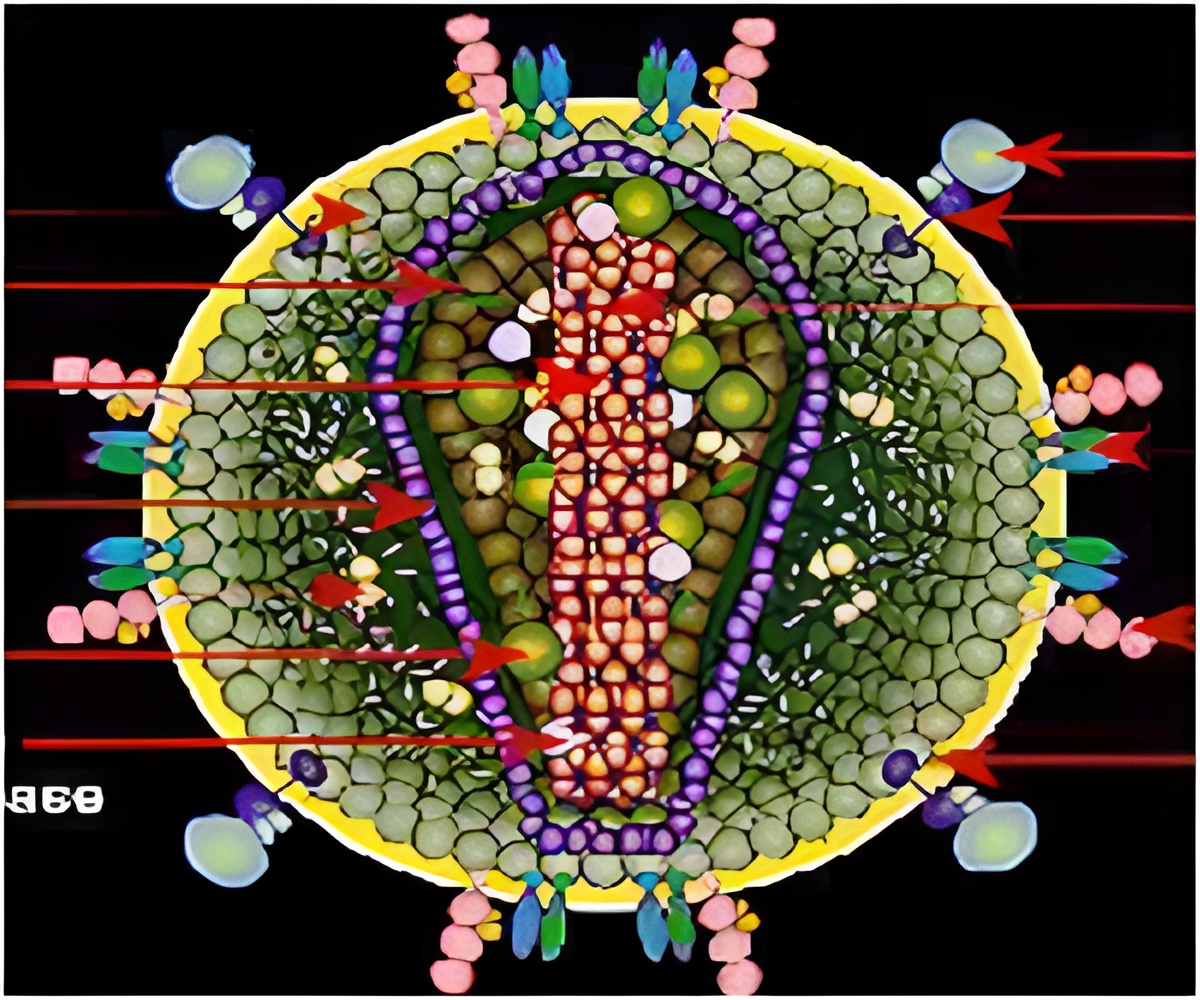
This wisdom had deep roots. In 1996, antiretroviral drugs began to turn the tide against HIV. By suppressing the pathogen, they helped patients dodge a death sentence.
But early joy that this was the end of HIV was replaced by cruel disappointment, for scientists discovered "reservoirs" where residual pockets of the virus hole up.
As soon as the drugs are stopped, HIV rebounds from these lairs, attacking the CD4 immune cells with fresh contempt.
Yet a growing band of scientists is confident that these final redoubts can be assailed. They have a lofty, dazzling but also controversial vision of a practical cure for the human immunodeficiency virus (HIV).
The goal has been formally embraced at the world forum on medical science for AIDS, where the group on Monday issued a declaration, the "Rome Statement," and a broad three-pronged strategy.
Advertisement
"We are very optimistic that a functional cure is possible."
Advertisement
Today, less than 100 million dollars is spent annually on "reservoir" research, a figure dwarfed by the hundreds of millions devoted to HIV vaccine research and the billions spent on drugs.
The four-day conference in Rome gathers 5,500 specialists, ranging from virologists to pharmacologists and disease trackers. Staged once every two years by the International AIDS Society (IAS), it winds up on Wednesday.
Among the avenues for "reservoir" research is a component of the immune system called resting memory T cells.
Like an inactivated programme in a computer, they lie dormant, sometimes for decades, and are invisible to the immune system. They leap back into life when immune defenders spot an intruder they have seen before.
An HIV patient has about a million infected resting memory T cells, research has found.
One approach, called "shock and kill," will be to activate these residual cells so that they start to crank out viruses, and are thus identified and destroyed.
Other potential "reservoirs" are the brain, the genital area, the gastro-intestinal tract, blood stem cells and immune forces called macrophage cells.
Even so, once the virus has been flushed out and attacked with new drugs, it is unlikely to be wiped out entirely. The more modest goal right now is to destroy its numbers as far as possible, crippling its ability to rebound.
An illustration of how this can happen naturally occurs among a tiny minority of people called "elite controllers," who are infected by HIV but whose viral reservoirs are dormant thanks to the vigilance of its immune defences.
What does a "functional cure" mean?
"We are not talking about eradication. We are talking about cure, monitoring and remission, an approach similar to what we have for cancer," Christine Rouzioux, professor of virology at Paris' Necker Hospital.
The road will be long, "but we'll get there before a vaccine emerges," said Rouzioux, referring to a goal that remains agonisingly elusive after three decades.
Source-AFP










